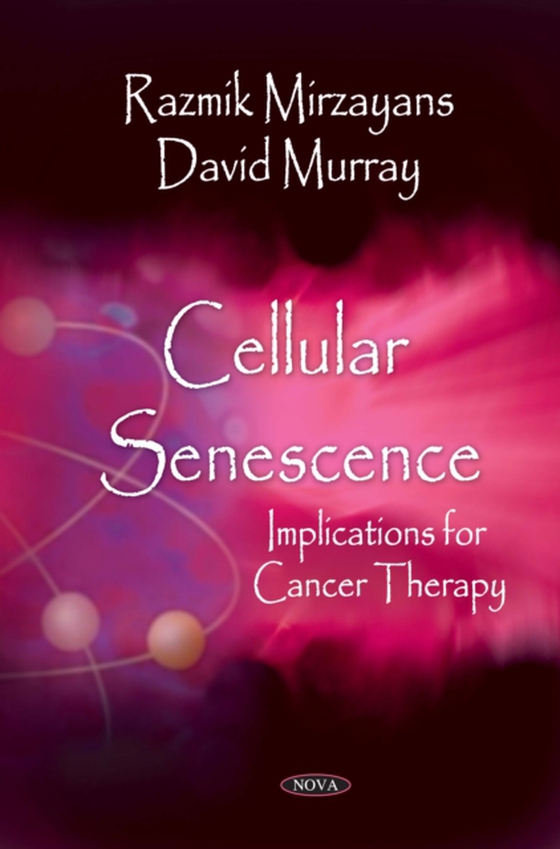
Cellular Senescence: Implications for Cancer Therapy e-bog
546,47 DKK
(inkl. moms 683,09 DKK)
Normal human cells have a limited life span when grown in culture. Aging cells enter a state of permanent growth arrest called replicative senescence, which is regulated by multiple signal transduction pathways involving p53 and other cancer-associated proteins. Senescent cells exhibit flattened and enlarged morphology, retain cell membrane integrity, remain metabolically active, but cease to d...
E-bog
546,47 DKK
Forlag
Nova Biomedical
Udgivet
6 februar 2009
Længde
121 sider
Genrer
Oncology
Sprog
English
Format
pdf
Beskyttelse
LCP
ISBN
9781617281730
Normal human cells have a limited life span when grown in culture. Aging cells enter a state of permanent growth arrest called replicative senescence, which is regulated by multiple signal transduction pathways involving p53 and other cancer-associated proteins. Senescent cells exhibit flattened and enlarged morphology, retain cell membrane integrity, remain metabolically active, but cease to divide when explanted in culture. Exposure of young (early passage) human cells to genotoxic agents such as ionizing radiation and cancer therapeutic drugs can also trigger a state of permanent growth arrest. One mechanism of stress-induced growth arrest is similar to replicative senescence and is commonly termed accelerated or premature senescence. Whereas some normal human cell types (e.g., skin fibroblasts) lose their clonogenic potential in response to genotoxic stress primarily through the process of premature senescence, it has been generally assumed that cancer-derived cells die through necrosis or programmed cell death (apoptosis) but do not exhibit premature senescence following exposure to genotoxic agents. Recently, however, it has become evident that exposure of human solid tumor-derived cells to genotoxic agents can trigger not only premature senescence, but also growth arrest by an ill-defined process leading to the development of multinucleated/polyploid cells. Here the author provides evidence reinforcing the notion that ionizing radiation-triggered premature senescence in cancer cells is generally dependent on the wild-type p53 function, and that the development of giant cells is a response of p53-deficient cells, presumably reflecting their failure to engage the premature senescence program.
 Dansk
Dansk

